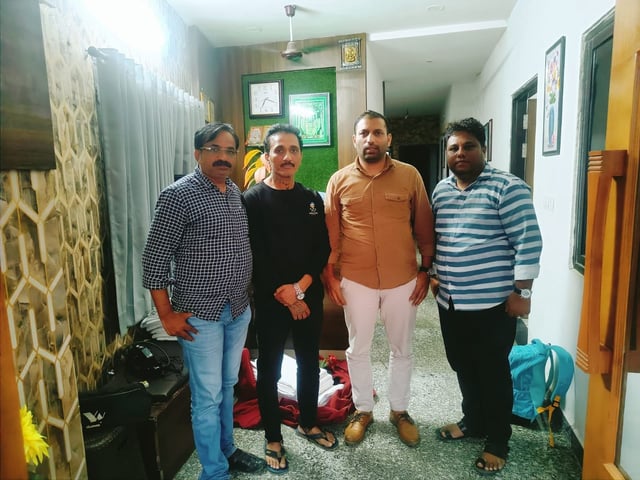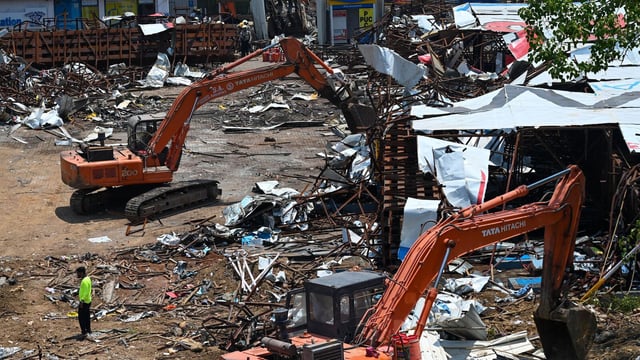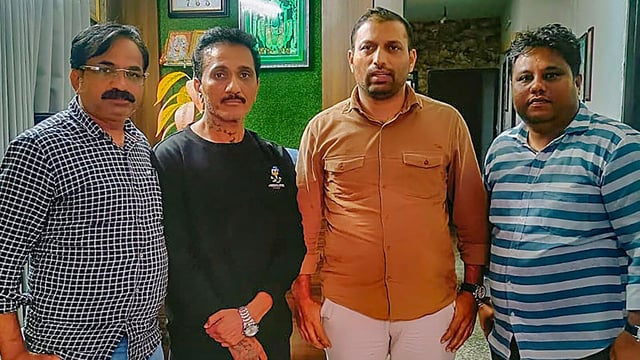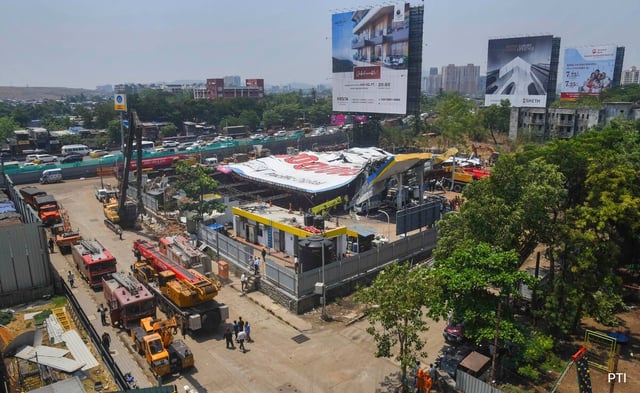Overview
- The 120x120 foot billboard fell on a petrol pump during a storm, violating size regulations.
- The petrol pump lacked proper occupancy certification and operational licenses.
- Authorities have launched a comprehensive investigation into regulatory lapses.
- Bhinde evaded police for three days, changing locations and using a false identity.
- Maharashtra government has ordered an audit of all billboards in Mumbai.



